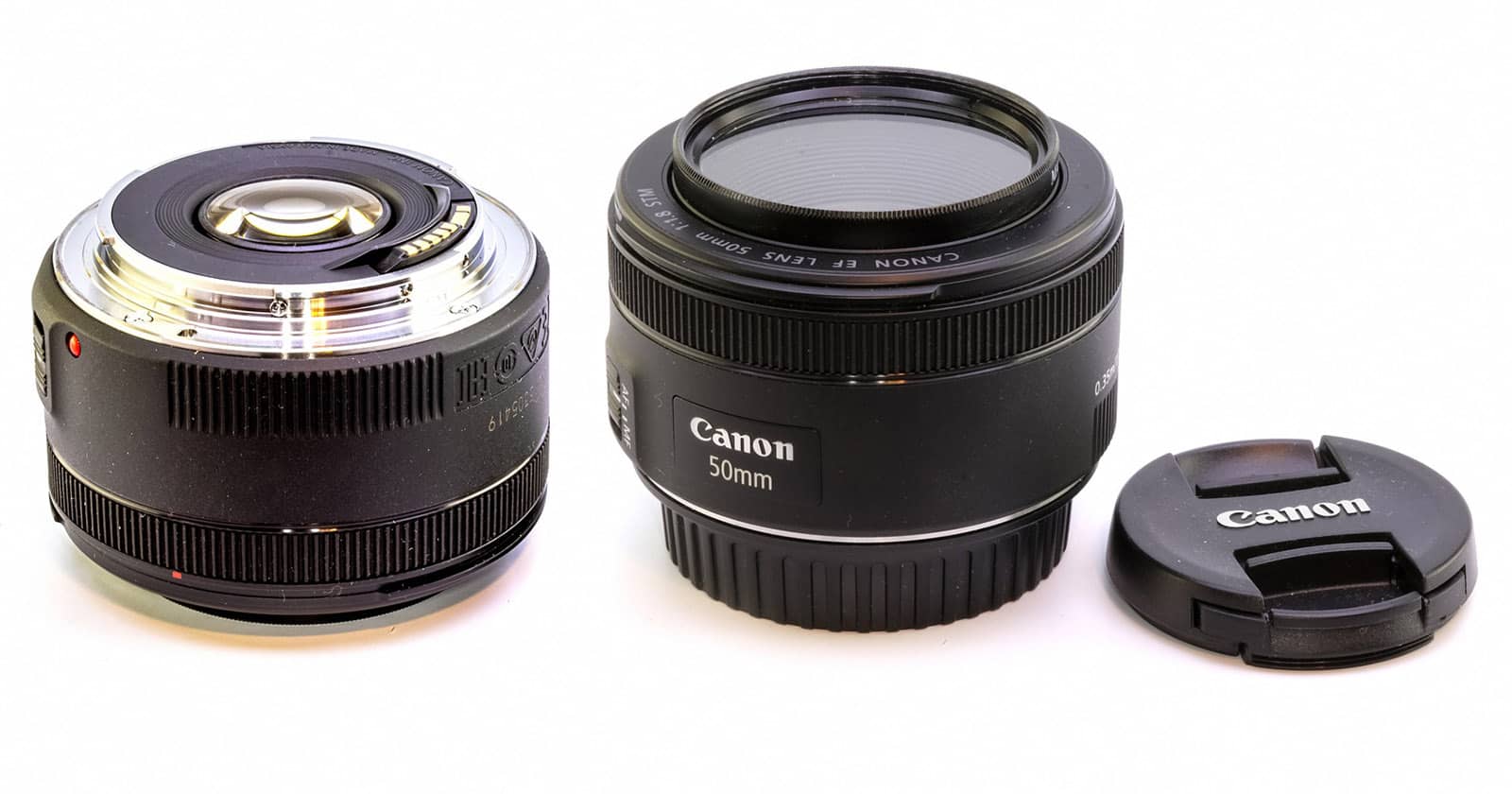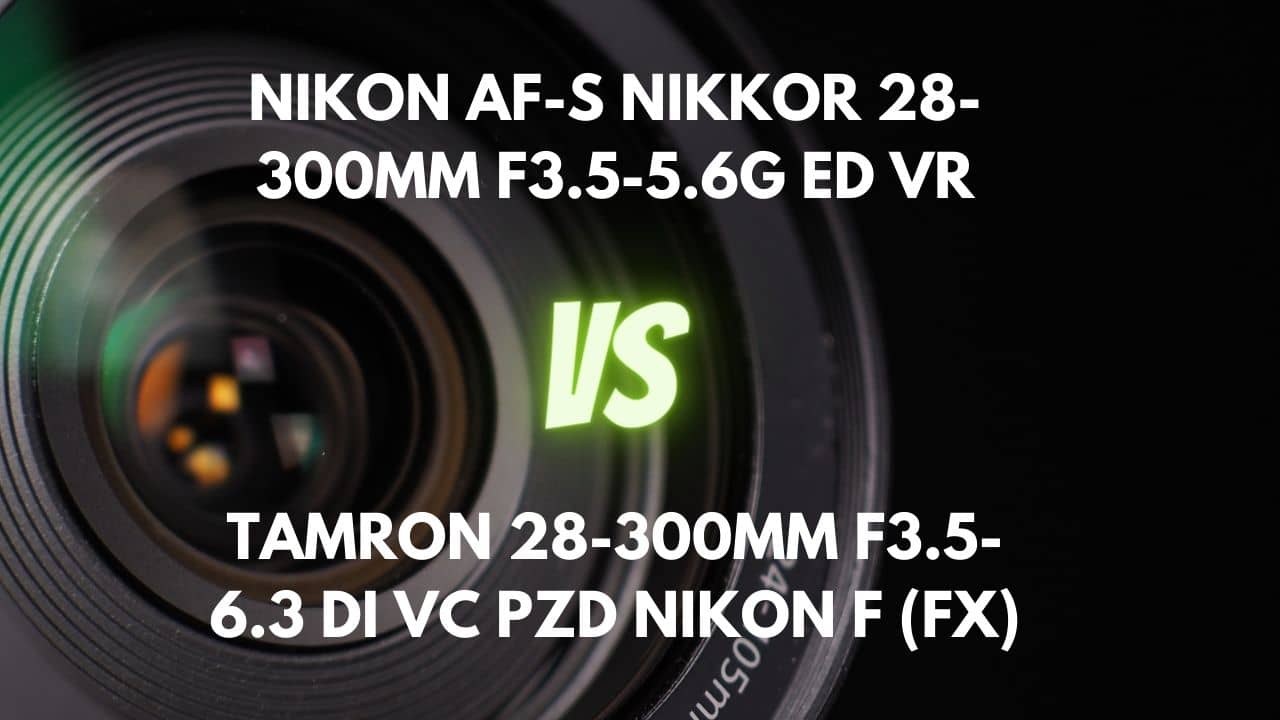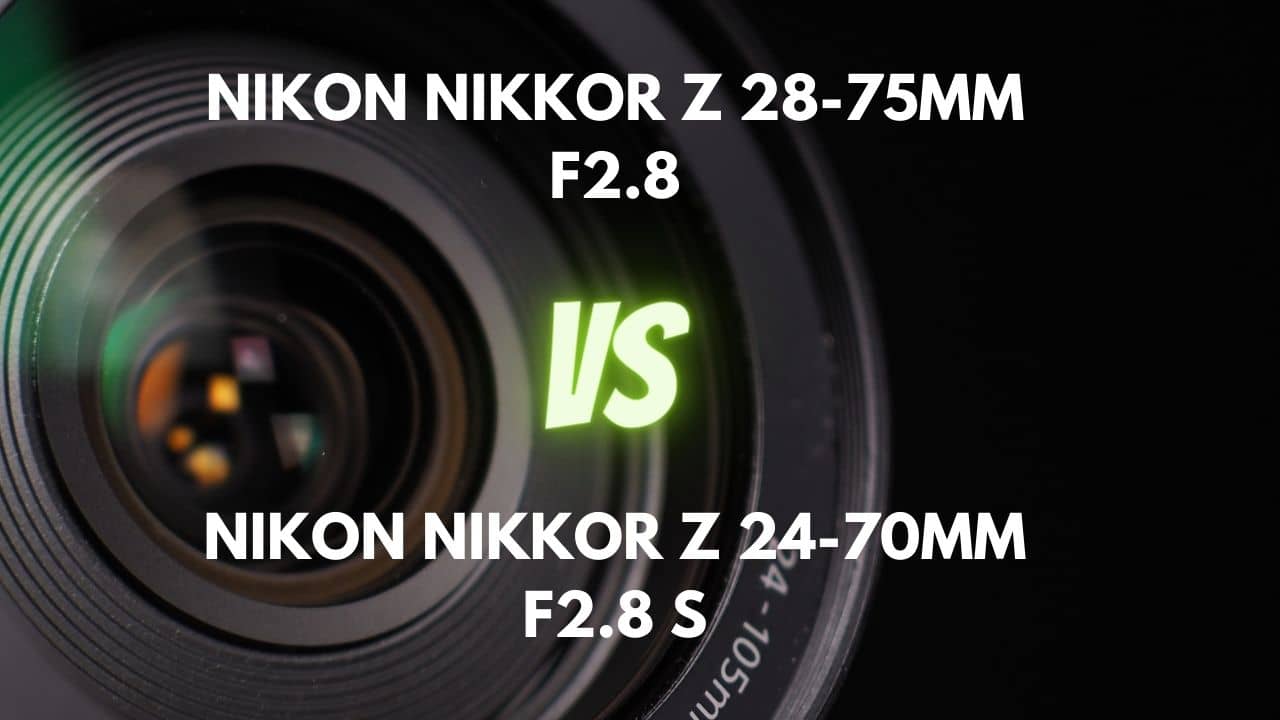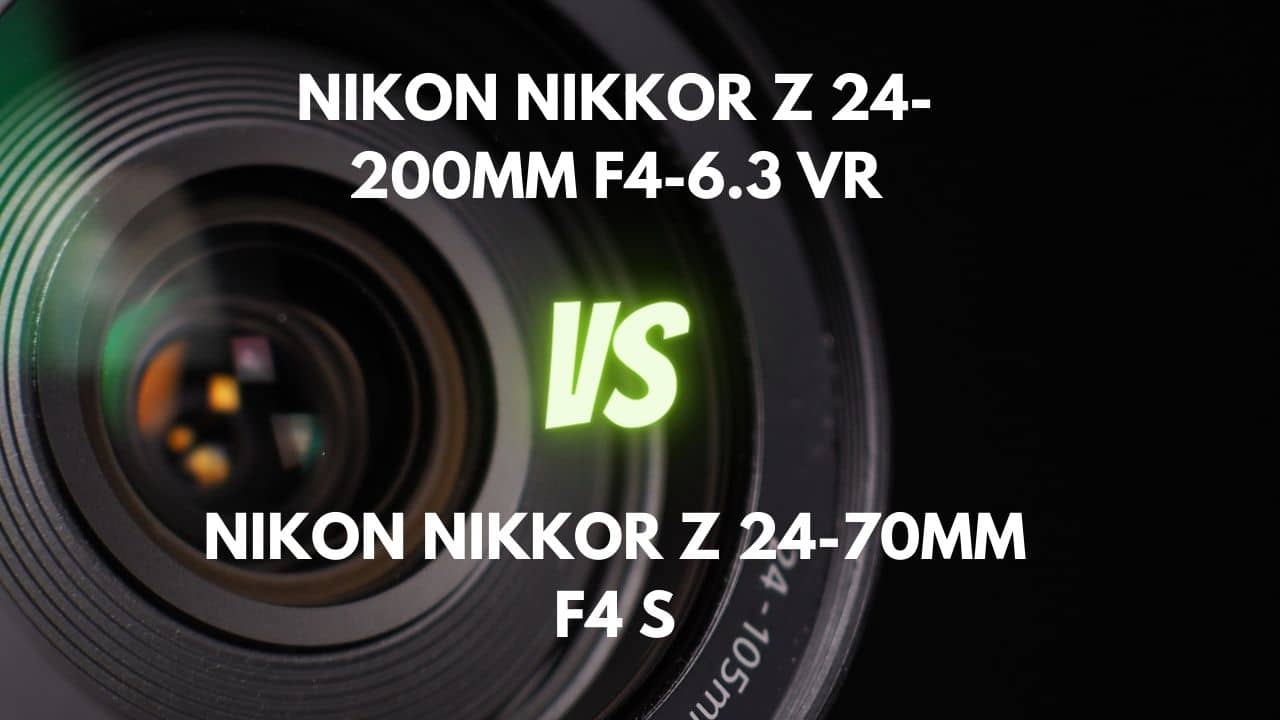Introduction
We have heard about the term zoom lenses. We have even used them. But there are so many questions and myths around them that we have never fully understood, e.g., what they can do and how they can be used for our benefit.
In this discussion, we’ll learn in detail about zoom lenses, the different kinds of zoom lenses, and how we segregate them based on their focal length, maximum aperture, and the kind of zoom they offer.
We’ll also cite examples of zoom lenses to elaborate on different types of zoom lengths and their categorization thus. So, without further ado, let’s get started.
What is a zoom lens?
As the name suggests, zoom lenses have a variable focal length. That means you can zoom in or out depending on your requirement.
Unlike prime lenses with a fixed focal length, zoom lenses have a range of focal lengths within which they can operate.
There are mainly two kinds of zoom lenses: fixed aperture zoom lenses and variable aperture zoom lenses. We’ll learn more about them in the subsequent chapters.
In this discussion, we will learn about both kinds of zoom lenses and the many advantages and disadvantages of using zoom lenses in various shooting conditions.
Focal Length
The definition of focal length suggests that it’s a measurement of the distance between the point where the light rays converge inside the lens to form a sharp image and the sensor at the back of the camera when the lens is focused at infinity.
This measurement is always expressed in millimeters and has nothing to do with the actual dimensions of the lens.
But as we have just seen, a zoom lens has a variable focal length. That means you get a range of focal lengths on a zoom lens that you can select according to your requirement.
Focal length also determines how much of the scene you will capture. In other words, it controls the angle of view that a lens can see.
A wide-angle lens has a short focal length and can capture a vast slice of the scene in front of the lens. In other words, it has a large angle of view.
On the other hand, a telephoto lens has a long focal length, and the extent of the scene it can capture will be smaller. In other words, it has a slight angle of view.
Depending on the lens’s focal length, we can further classify a lens as a wide-angle, standard, telephoto, or superzoom. We’ll discuss them in detail in the subsequent sections.
Zoom Ratio
We have often heard about the term zoom ratio as a part of our study of zoom lenses. But what is this zoom ratio, and how does it matter?
Very simply, the zoom ratio is the ratio of the highest focal length of a lens to the lowest focal length. The Zoom ratio only applies to lenses with a variable focal length. Fixed focal length lenses, also termed prime lenses, don’t have a zoom ratio.
Coming back to the zoom ratio and its mathematical calculation of it. Let’s take an example to explain this. Let’s say that the maximum focal length of the lens is 500mm, and the smallest focal length is 200mm. Dividing 500 by 200, we get 2.5x. That’s the zoom ratio of the lens.
Crop Sensor Conversion
Crop sensors use a part of the image circle of the lens. That has an interesting ramification. When you mount a lens optimized for the image circle of a full-frame camera on a crop camera, the crop sensor uses only the center part of the scene.
Once that happens, the image will appear to be zoomed in. This happens because of the crop factor.
The crop factor tells how much the full-frame sensor is bigger when compared to the camera that you are using.
A full-frame camera is about 1.5 times bigger than an APS-C sensor. Compared with a micro four-thirds camera, the full frame camera is about two times the size. So the crop factor of APS-C cameras is 1.5x, and that of micro four-thirds cameras is 2x.
Let’s say that lens has a focal length of 200-500mm (yes, I am obsessed with that lens). When you mount that lens onto an APS-C camera, the effective focal length becomes 200 x 1.5 to 500 x 1.5, which means 300 – 750mm. This is the effect of the crop sensor and the resulting zoom ratio converting the effective focal length.
Types of zoom lens
We can further subdivide zoom lenses into several categories. These categories include a wide-angle, standard lens, and telephoto and superzoom lenses. We can also categorize them into a constant aperture and variable aperture lenses.
There is a third type of categorization, which is an optical and digital zoom. But digital zoom is a result of the software that’s inside the cameras. The software creates the zoom and not the optical zoom property of the lens. More on that later.
Wide-Angle & Standard & Telephoto & Superzoom
Wide-angle lenses are those that have a variable focal length that’s smaller than 35mm. That means lenses such as 14-24mm and 16-35mm qualify as wide-angle lenses.
These lenses offer a focal length range that’s ideally suitable for shooting landscape, architecture, and interior shots. These lenses are also suitable for cityscapes, group shots, and weddings—especially the focal length range between 20mm and 35mm.
Standard zoom lenses have a focal length range that covers the standard focal lengths of 35mm to 50mm.
The 24-70mm, for example, is a lens that covers the focal lengths of 40mm, 35mm, and 50mm. This is one of the most popular focal lengths among photographers. You can shoot a bunch of different genres using this lens, e.g., street photography, wedding photography, travel, and portraits.
The 18-55mm is also a standard zoom lens. But the lens has been optimized for the smaller image circle of APS-C cameras. The lens offers an effective focal length of 27-82.5mm. This focal length supports all photography requirements, including weddings, streets, travel, portraits, and everything.
I feel the standard zoom lenses are beneficial. They’re more valuable than wide-angle zooms because these lenses cover several necessary focal lengths that are useful for everyday photography. Such as the portrait focal length of 85mm.
The 18-55mm is nearly perfect for portrait photography if you use a crop camera like the Canon Rebel T3i or the Nikon D5100. The crop factor of the APS-C camera systems makes the lens’s effective focal length 82.5mm (on a Nikon crop camera) and 88mm on a Canon camera.
Telephoto refers to lenses with a minimum focal length of more than 85mm. Telephoto zoom lenses are, as such, those lenses that offer a minimum focal length of more than 85mm on the shorter end and less than 300mm on the telephoto end.
These lenses are designed to magnify things and create visual compression. When you shoot images using a telephoto lens, the subject appears larger than it is because of the magnification effect.
Many fantastic all-purpose telephoto lenses are extremely popular with photographers. The 70-200mm f/2.8 lens is one such lens. Others like the 75-300mm and the EF-S 55-250mm.
The focal length of this lens (70-200mm) starts from a standard length and then covers the sweet spots of 85mm, 105mm, and 135mm.
105mm and 135mm are excellent focal lengths for shooting portrait photography. When I am shooting with the 70-200mm, the lens allows me to shoot full-length portraits using the long tele-end of the lens. I leave considerable space between the camera and the subject to capture well-proportioned beautiful, full-length portraits.
The other advantage of these telephoto zoom lenses is that you can extend the lens’s effective focal length using teleconverters. But before diving in, you need to check whether a particular teleconverter is compatible with the lens. For example, the Nikkor 70-200mm f/2.8 is compatible with a bunch of Nikon-made teleconverters, such as the TC-20E III. This teleconverter will extend the focal length of 70-200mm by 2x. So it becomes a 400mm zoom lens. Albeit with two stops of light loss.
Super telephoto lenses have a focal length of more than 300mm. These lenses are ideally suitable for shooting wildlife and sports photography, allowing a photographer to shoot from a distance and use the magnification properties of the lens to bring the subject close.
Lenses such as the 200-500mm, 18-400mm, and 150-600mm are zoom lenses that offer super telephoto or superzoom capabilities. Many of these lenses are also compatible with teleconverters, with whom their focal length can be extended by 1.4x to 2x, albeit with a few stops of loss in light.
But on the flip side, you get a mind-boggling focal length. In good light, these lenses are the best bet for capturing subjects such as wild animals and birds at vast distances.
Constant-aperture & Variable-aperture
Zoom lenses can be further subdivided based on their ability to offer a constant aperture. Lenses that don’t offer a fixed aperture across the focal length are known as variable aperture lenses. On the other hand, lenses with a fixed aperture across the focal length are known as fixed aperture or constant aperture lenses.
The advantage of constant aperture lenses is that the exposure value does not change as you zoom in. That means you can dial in an exposure value before zooming and shooting with the same exposure value across the focal length.
Though it’s a fact that when you zoom in, you may require to change the exposure value considering that the scene might get brighter or darker, for this example, let’s consider that the scene does not get brighter or darker.
Let’s take a few examples of constant aperture and variable aperture lenses. The Nikkor 200-500mm f/5.6 is a super-telephoto lens designed for the larger image circle of full-frame cameras. This lens has a fixed aperture that’s constant across the focal length range.
When zooming with this lens, as the aperture does not change, the exposure value can also remain constant as you zoom in and out.
Smaller focal length lenses such as the 16-35mm f/4 or the 14-24mm f/2.8 and the 24-70mm f/2.8 are also examples of constant aperture lenses.
The other advantage of these lenses is that they’re suitable for video shooting because, with these lenses, the exposure value remains the same. As long as a lens does not have excessive focus breathing issues, a constant aperture lens is ideally suitable for shooting videos.
Optical-zoom & Digital-zoom
Lenses can be further divided into those featuring optical and digital zoom. However, it must be mentioned that digital zoom isn’t a feature of lenses.
Digital zoom depends on the camera software and the software’s ability to blow up an image using a proprietary algorithm.
With optical zoom, the physical attributes of the lens, mainly the elements inside the lens, allow the lens to change the focal length of the lens. This is done by physically moving some aspects inside the lens barrel and is entirely different from digital zoom.
When should you use zoom lenses?
When you need to vary the space between yourself and the subject
One of the significant reasons you need to use zoom lenses is to have sufficient space between yourself and the subject.
You need to understand that only sometimes you can be expected to stand close to your subject with a small focal length prime lens.
Wildlife photography, for example, is one such situation where you’ve to be further away from the subject. You need to be able to stand far away from your subject, yet sometimes you may have to cut that space so that you can capture the image by filling the frame.
Where a single optical focal length will not do
Another reason you need to use a zoom lens is that a single focal length may not suit your purpose.
Let’s say that you’re photographing a wedding. You may need the 24mm focal length when you shoot a group shot. However, when you shoot a portrait image of the bride, you need to zoom in so that the composition is tighter and the facial features are perfect.
At that point, you need a longer focal length, such as 70mm or longer. Thus it would help if you had a 24-70mm or an 18-200mm lens.
When you cannot get close to a subject physically
Another reason a zoom lens is required is that, in some situations, you cannot get very close to a subject instantly.
Let’s say you want to capture a tight composition of a mountaintop. There is no way that you can hike to an adjacent mountain top so that you can capture a tight composition of the mountain top in question.
A zoom lens with a significant focal length will ensure you can shoot that image.
Zoom lenses allow you to change the composition without having to move your feet
A zoom lens is the best bet for quickly changing composition, especially when you cannot use your feet or there isn’t enough time to move in. This allows you to change the composition without moving your feet.
When you’re hiking
The need for a zoom lens is critical when you’re hiking. In that situation, you cannot move your feet either closer to your subject or further away. This means you’ve to use a zoom lens to change the focal length and composition.
When you want to travel light
One of the primary reasons you want to use a zoom lens is to travel light.
If you carry prime lenses, you have to use multiple focal lengths and therefore carry multiple lenses. It only adds to the overall weight of your camera bag.
With the zoom lens, you can comfortably cover more than one prime focal length. Therefore one lens does the job of multiple lenses.
Cost-effectiveness
Another significant advantage of zoom lenses is that they are much more cost-effective than prime lenses.
Let’s say you have a 24-70mm zoom lens. That covers a range of prime focal lengths, including the 24mm, the 28mm, the 35mm, the 40mm, and the 50mm.
If you had to spend money on each of these prime focal lenses individually, you would have spent a lot more than if you had the 24-70mm lens. Therefore for someone who uses this focal length quite often, buying a fast-zoom lens makes a lot more sense than buying individual prime lenses.
Disadvantages of zoom lens (when you should not use)
Zoom lenses are heavier than prime lenses
Zoom lenses tend to be heavier than prime lenses because they have many more going inside them.
There are a lot more elements inside zoom lenses. Especially the zooming mechanism requires a lot more elements. Add the image stabilization gyros and microelements that offer lens-based image stabilization options.
These elements add to the overall weight of a zoom lens. So if you’re willing to travel light or want to shoot for an extended period, zoom lenses can be a little difficult to carry around. Prime lenses tend to be a lot less heavy.
Zoom lenses don’t always have the best optical performance
Between prime and zoom lenses, zoom lenses don’t always have the best optical performance.
If you’re looking for the best optical performance for your lens, you should choose a prime lens. This is because prime lenses don’t have as many moving elements inside the barrel that cause diffraction.
Lens manufacturers can also focus on the lens’s optical performance when there are fewer moving parts to worry about. I’m not saying that zoom lenses don’t have good optical performance because lenses such as the 24-70mm f/2.8 or the 70-200mm f/2.8 are good examples of zoom lenses that offer excellent performance across the focal length range.
But these are mainly exceptions. A 50mm f/1.8 offers splendid results and beats an 18-55mm f/3.5-f/5.6 lens any day. Similarly, a 35mm f/1.8 beats a 16-35mm f/4 lens easily. A 300mm f/2.8 lens beats an 18-300mm f/3.6-6.3 lens.
Zoom lenses don’t always offer the widest aperture
Zoom lenses don’t always offer the widest aperture. This is a significant difference between prime lenses and zoom lenses.
As mentioned in the previous segment, zoom lenses tend to have a smaller aperture at the tele-end of the focal length range. It’s not to say that zoom lenses don’t have wide aperture across the focal length because many have that (fixed aperture zoom lenses). But these are very expensive, and few photographers, especially entry-level photographers, have the money to invest in those high-end lenses.
So if you compare an entry-level zoom lens, like 18-55mm f/3.5-f/5.6 and the 50mm f/1.8, the latter has the wider aperture.
Tips on how to use a zoom lens properly
Start with the widest aperture
The first thing you should keep in mind is to set the aperture to the widest f-number possible. The widest f-number will give you the best option to capture a lot of light. However, this will depend on whether the lens is a fixed aperture type or a variable one.
Start with the widest setting
If you’re handling a zoom lens, the best way to use it would be to zoom out and use the widest focal length to compose. Once you’ve made your composition, you can zoom in and fine-tune your composition. If there are elements at the fringes of your composition, you can, at this stage, decide to eliminate them or include them in your composition.
Use a tripod to stabilize your lens
Zoom lenses must be stabilized when shooting, especially those over 300mm. Even if the lens has some image stabilization, you need a tripod to stabilize the lens for maximum support. A tripod is the better option between a tripod and lens-based (or camera body-based image stabilization).
Use slow zoom when shooting videos
Zoom lenses are also used for shooting videos—especially those lenses with no focus breathing and a fixed aperture across the focal length.
But when you’re zooming while shooting videos, ensure you zoom slowly. Fast zoom action produces jerky actions, which can spoil your videos, making it difficult for the audience to follow.
FAQs about zoom lenses
Do professionals use zoom lenses?
Professional photographers use zoom lenses just as they use prime lenses. Zoom lenses offer a lot more convenience, flexibility, and cost-effectiveness.
What is a wide-angle zoom lens?
A wide-angle zoom lens has a variable focal length, like any other. Except for a wide-angle zoom, the most extended focal length is equal to or less than 35mm.
Is a telephoto lens the same as a zoom lens?
Not all telephoto lenses are zoom lenses. At the same time, not all zoom lenses are telephoto lenses. So technically, telephoto lenses are not the same as zoom lenses, though a telephoto lens can be a zoom lens and vice versa.
What is a macro zoom lens?
A macro zoom lens has a variable focal length. But the lens’s central aspect is that it can shoot 1:1 life-sized images of small objects, bugs, and other subjects and project that onto the sensor. That means an object occupies the same size on the sensor as in real life.
Can I use extension tubes with a zoom lens?
The simple answer is yes, you can. Extension tubes allow regular lenses to have a closer focusing distance than usual. This adds macro or closes focusing attributes to the lens. This is used for shooting macro or close-up photography.
How to calibrate a zoom lens?
The simple way to calibrate a zoom lens is to use a calibration chart or a lens alignment tool. Using this test calibration chart, you can take test shots at different focal lengths, and then, depending on the result, you can adjust the lens’ focus. This is repeated until the lens is calibrated correctly.
Conclusion
Zoom lenses are flexible, versatile, cost-effective, and offer many advantages when correctly used. At the same time, they also have their disadvantages, just like prime lenses do.
It is challenging to use zoom lenses in every content because, in some instances, primes offer better optical quality, handling, and value for money.
Quite the same way; you cannot use primes all the time because zooms are more versatile and offer a lot of flexibility.
As a photographer, you’ve to use both depending on the situation and the demands of the shoot.






